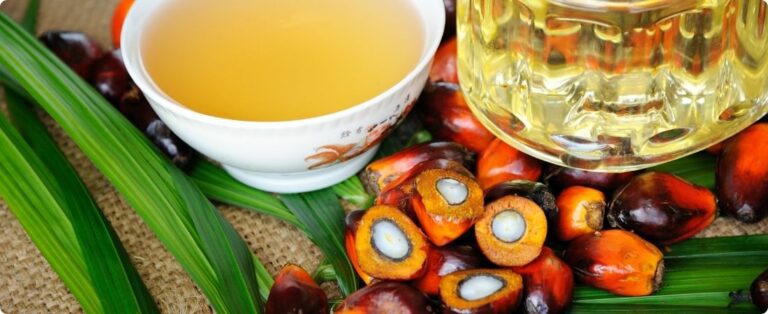
Image: Pixabay
The shortage of containers and their impacts on Brazilian exports was one of the central themes of the 64th Meeting of the Sectoral Chamber of the Cotton and Derivatives Production Chain, held this Thursday (23) virtually. The global logistical bottleneck has been reflected in delays in feather shipments and the situation is expected to worsen.
{module Form RD}
Miguel Faus, president of the National Association of Cotton Exporters (Anea), defined the current scenario as chaotic. “The situation is complicated and we see no solution in the short or medium term. The consequence, for our business, is the slower pace of exports that we will observe in the coming months”, he assessed. According to him, the forecast for the 21/22 commercial season is for shipments of around 1.8 million tons, but the number may be revised downwards, depending on the circumstances.
Logistical difficulties are also reflected in the general reduction of Basis. “The cost and time of taking cotton from origin to destination has increased, and this has to be reflected in some way in the basis. There is pressure from both sides and the market is adjusting in some way”, he pondered.
Representing the Mato Grossense Association of Cotton Producers (AMPA), economist and logistics consultant Luiz Antonio Pagot reported on the measures that have been taken since October 2020, in the search for solutions to the bottleneck at ports – among them, the creation of a working group within the Instituto Pensar Agro (IPA) and coordination with Congress and the federal government. “What can be seen is that the situation is getting worse. In addition to the lack of containers, there is the problem of the lack of ship calls”, he warned.
Pagot recalled that the current situation is the result of cyclical issues, such as problems in the Suez Canal and Asian ports and the prioritization of shipments to the Northern Hemisphere. “In the last 120 days, shipowners began reducing containers in South America and directing them to China, given the extraordinary price that freight reached,” he reported. Last week, container freight from China to the United States, which normally costs US$ 2 thousand, reached US$ 26 thousand, influenced by large American purchases for Christmas. “We will intensify actions and work with the government to establish a contingency plan. We know that there is a global crisis, but we are aware that they are favoring other markets”, he highlighted.
Export season 20/21
During the meeting, Abrapa's director of international affairs, Marcelo Duarte, took stock of the 20/21 business year. Between August 2020 and July 2021, Brazil exported 2.4 million tons of cotton, 23% more than in the previous cycle, setting a new record for shipments. China was the main destination for Brazilian fiber, responsible for 30% of the total exported, followed by Vietnam (17%) and Pakistan (12%).
“In all markets, Brazil has shown important growth in recent years due to increased production and efficiency in exports”, he highlighted.
Over the last 10 years, Brazilian cotton exports have grown by 19% per year, while the world average is 3.3%. In the 20/21 season, Brazil's share of the international feather market was 23%, behind only the USA, with 34%. “We will be the largest cotton exporters in a short space of time and, in the long term, we will be the largest producer in the world due to the potential and farmers we have”, stated the president of Abrapa, Júlio Busato.
Harvest Report
The state associations, linked to Abrapa, presented the final data for the 20/21 harvest, which has practically ended. With 99% of the 20/21 harvest harvested and 44% processed by the 16th of this month, production was updated to 2.32 million tons. Due to the climatic challenges imposed since cotton was sown, the estimated productivity of the cycle that is ending is 1,708 Kg/hectare, 5.2% lower than that achieved in the 2019/2020 season. The best performance was recorded in Piauí, with 2048 kg/ha, followed by Mato Grosso do Sul (with the historical record of 1979 kg/ha), Bahia (1938 kg/ha) and Maranhão (1816 kg/ha)
For the next harvest, Abrapa forecasts a planted area of 1.53 million hectares – an increase of 12.6% in relation to the previous cycle, which totaled 1.36 million hectares. “We are back to one and a half million hectares and hopefully it will be even a little better. Let’s hope that the rain comes in Mato Grosso and we have more cotton area there”, said Júlio Busato. With the recovery of the area, feather production should rise again. After a decline in the 20/21 season, the projected volume for the 21/22 harvest is 2.79 million tons.
The next meeting of the Sectoral Chamber is scheduled for December 8th. The board, chaired by Abrapa, brings together all links in the textile chain.
By: Dylan Della Pasqua | Crops & Market










